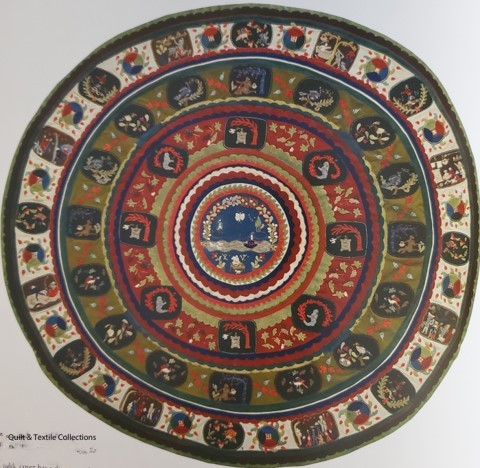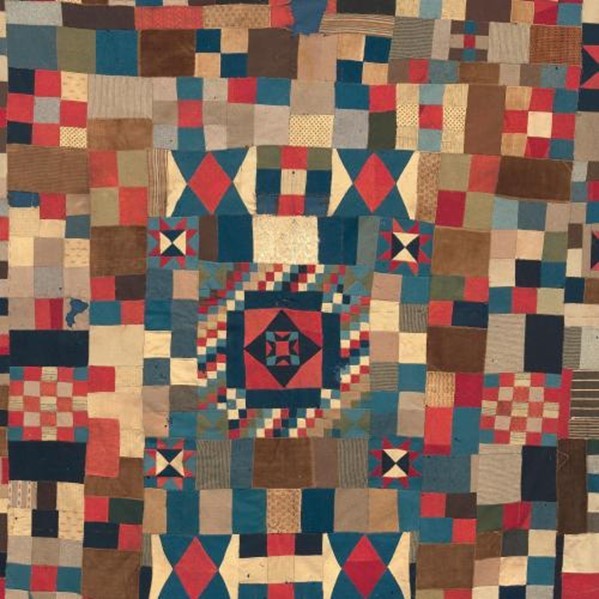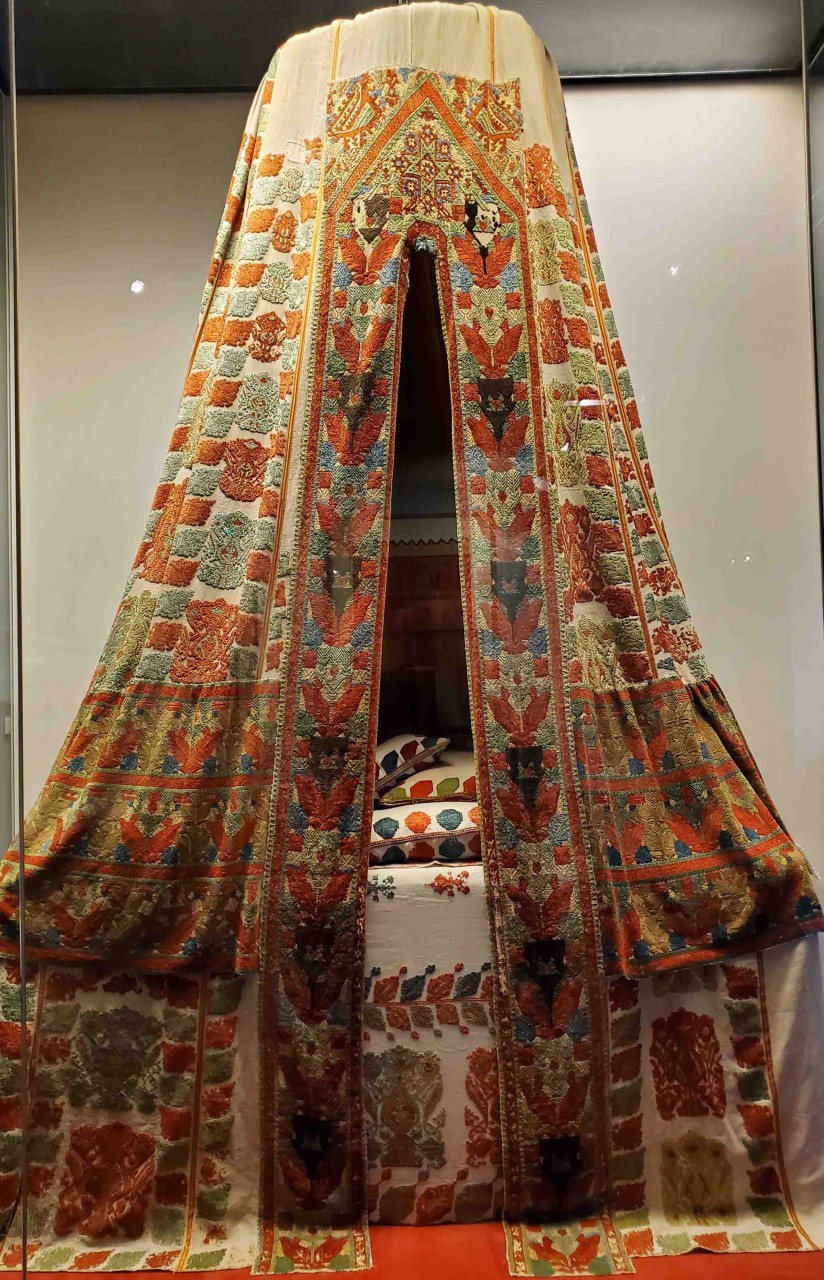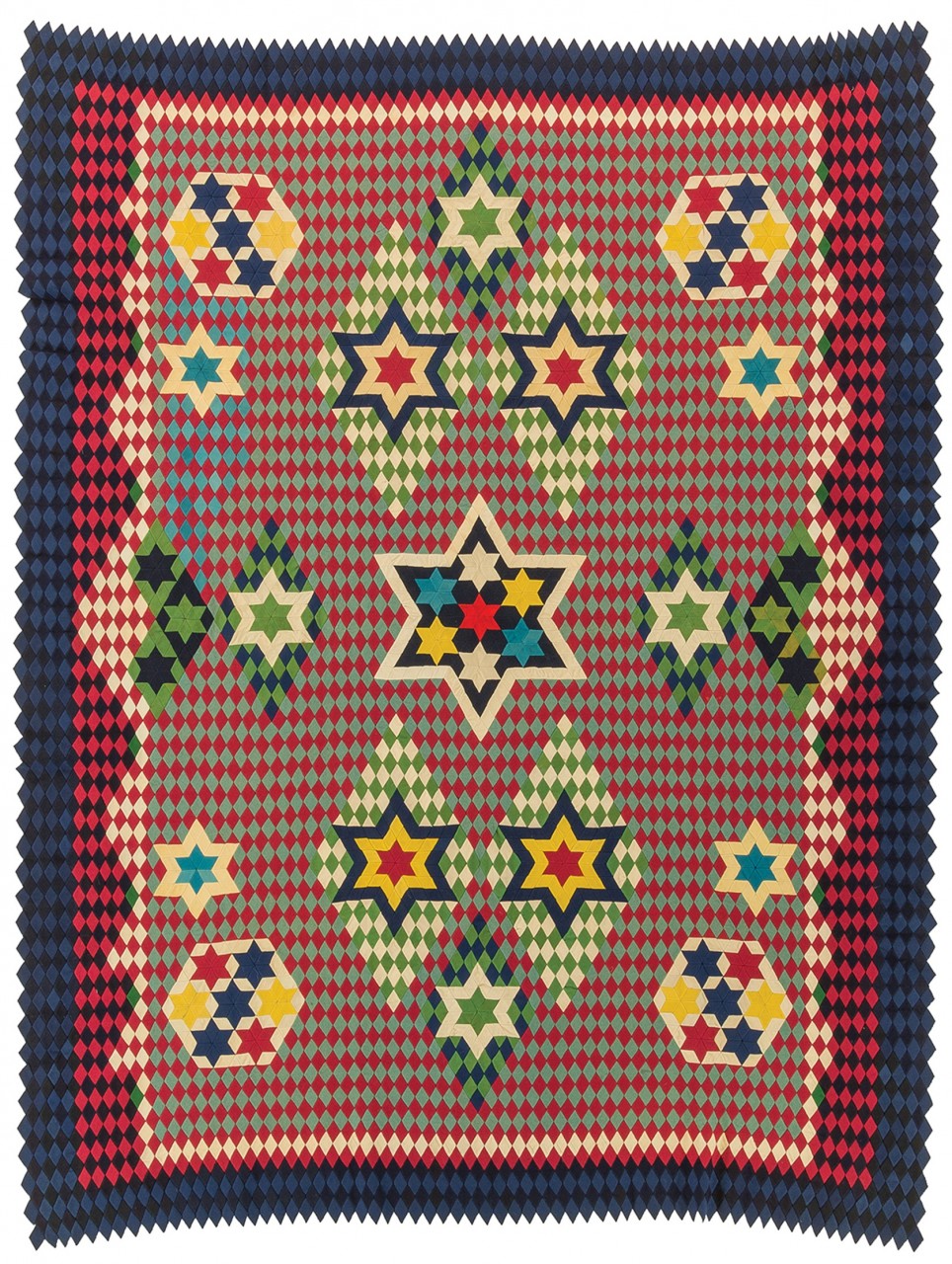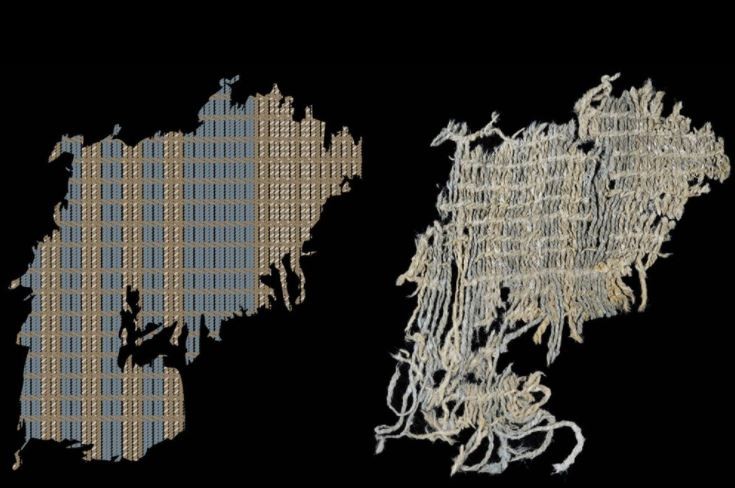
The story of indigo has a long history, parts which aren’t always acknowledged. India and Japan have long been acknowledged for their contributions to cultivation and use of indigo. Kay and I tried to shed light on the African contribution to the story of indigo in our book Indigo Quilts from the Poos Collection. If you aren’t familiar with this book, here is a link to learn more. Now it is time to add Peru to the story or perhaps it would be more accurate to say “add it back into” the story of indigo. Archaeologists at the Huaca Prieta ceremonial mound site have uncovered scraps of indigo dyed fabric. These multiple scraps of fabric are believed to be about 6,200 years old and place a new date on indigo used on still intact fabric. Prior...


